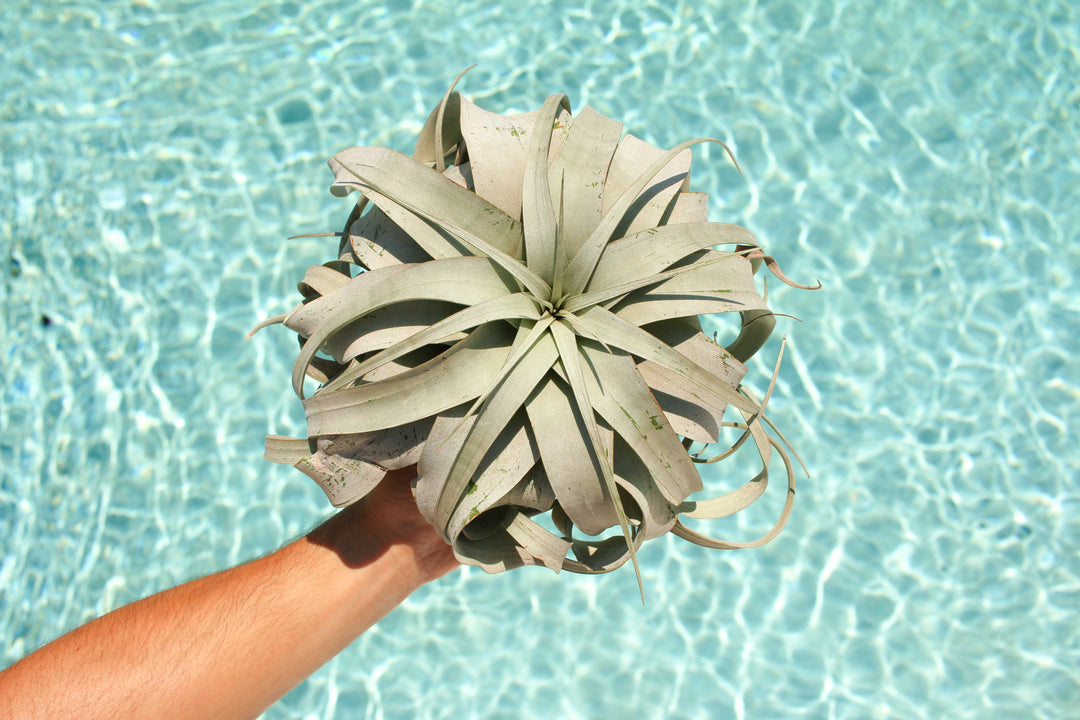
Hot Sun & Air Plants: How to Find the Happy Medium
As we have mentioned before, air plants do best with indirect sunlight. Too much sunlight will deplete the moisture from your air plants, and cause them to burn and eventually die if they are left in the sun too long. Air plant leaves are covered in tiny scales, properly called trichomes, that serve two major functions. First, they assist the plant in absorbing water and nutrients. Second, they help to reflect sunlight off of the leaf surface.
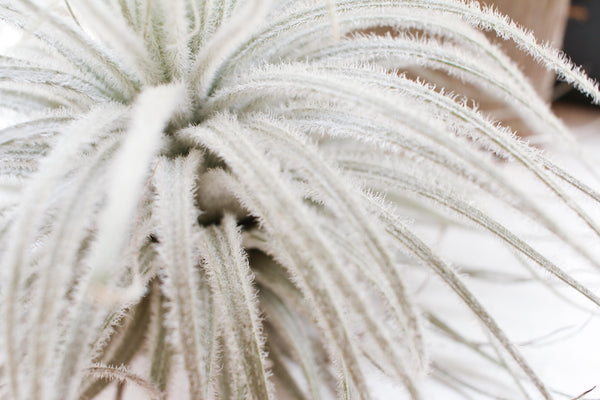
Generally, you want to keep all of your air plants out of direct sunlight as much as possible, however, some tillandsia can take more sun than others depending on the species of the plant and its environment. If your plant has thinner, wispier leaves, then it probably will not do too well in direct sunlight. Thicker, fuller leaves can hold moisture better so this type of air plant may better tolerate some direct sunlight for portions of the day. The air plant species that have silver leaves, such as xerographica, tend to do best handling direct sunlight.
If you live in a southern state or desert area where the sun is very strong, you should be very cautious with exposing your air plants to direct sunlight. Be especially careful in areas that lack humidity, like the desert, as your plants will damage and dry out from the direct sunlight even quicker.
If you keep your air plants indoors, we would recommend keeping them close to windows. They could also be kept near a window that is shaded, either from a tree or any other kind of protection from the direct sun. A lot of people also like to keep their air plants in an office with either indirect sunlight from windows, or bright fluorescent lighting.
If you keep your air plants outside, just follow the same guidelines, and be sure they are in an area the the sun won’t directly hit for more than an hour per day, or where they are shaded completely from direct sunlight. Under a tree or on your porch or lanai should work great!
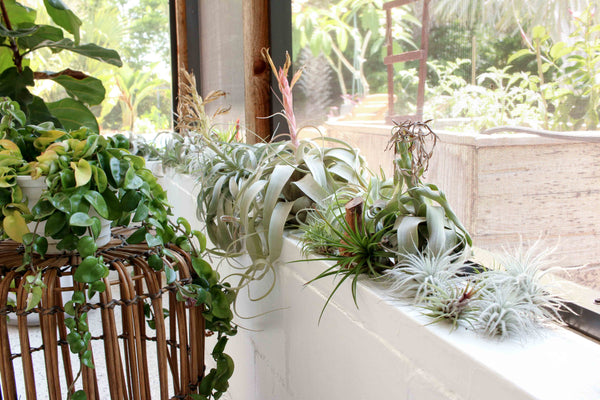
Signs of sunburn include brown spots, dried out patches appearing on inside growth, and very unhealthy splotchy appearance of outside leaves where totally wet. If you notice any of these signs, immediately take the plant out of its current location and be prepared to do some light maintenance. Gently pull off the outside leaves that are totally damaged. If they do not remove easily, use a pair of scissors to trim off damaged areas. Now that you have removed the most damaged parts of the plant, give the air plant a good soaking before finding it a new spot that’s better out of the sun. Do not fertilize the air plant until it is completely healthy again, just continue with your watering schedule and add a few daily, light mistings. Don’t over soak as the plant can come apart if it stays wet for too long. Just be patient and consistent and your air plant should get back to its happy, healthy self in no time!




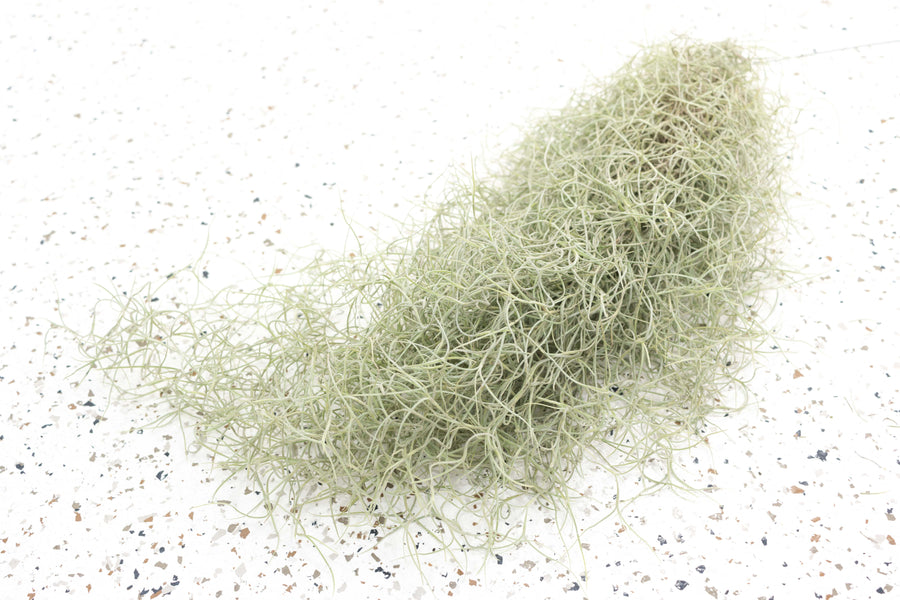
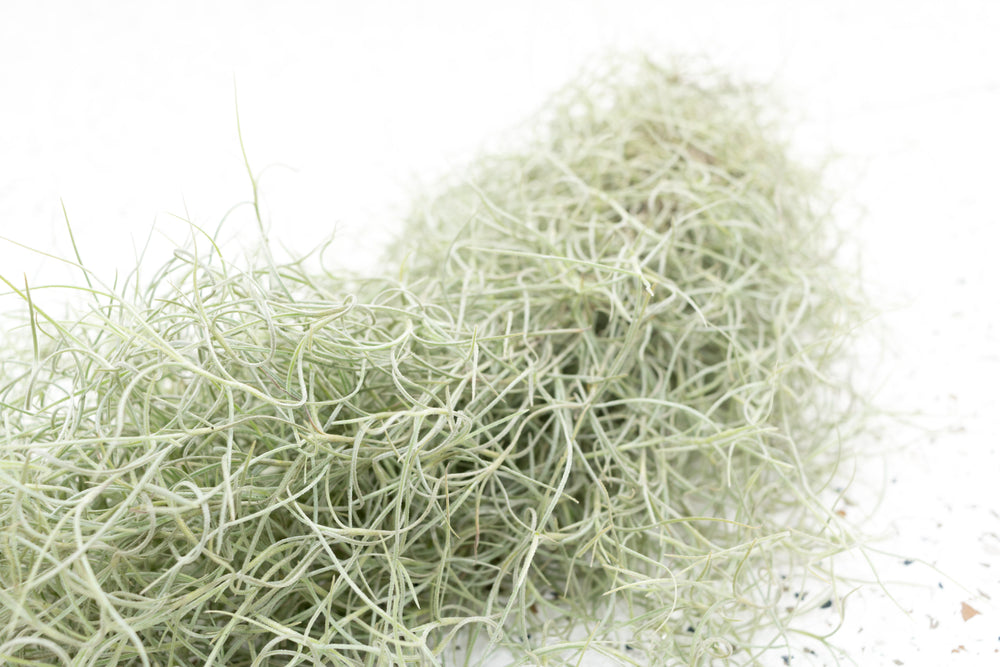

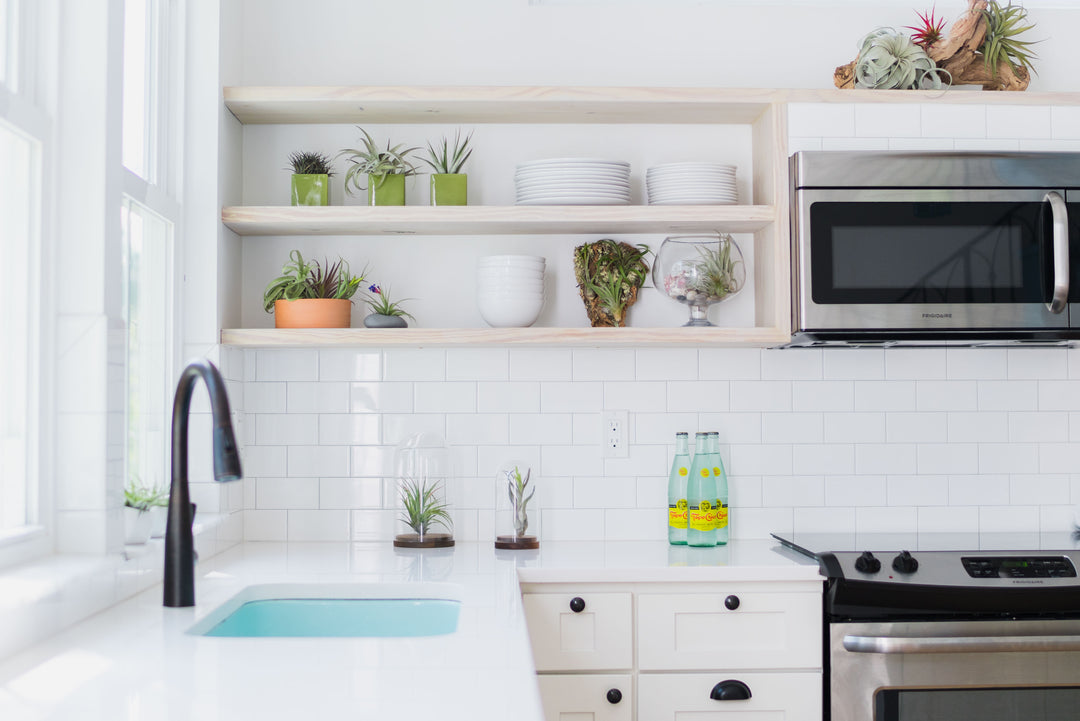
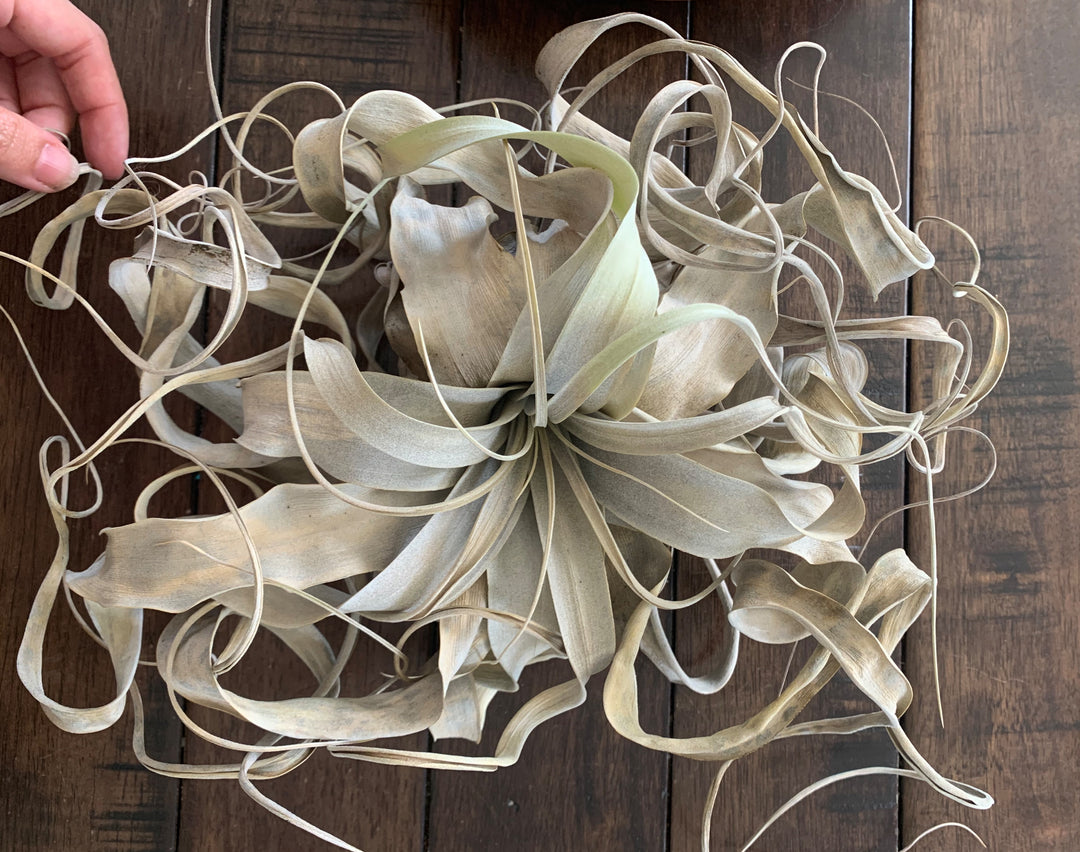
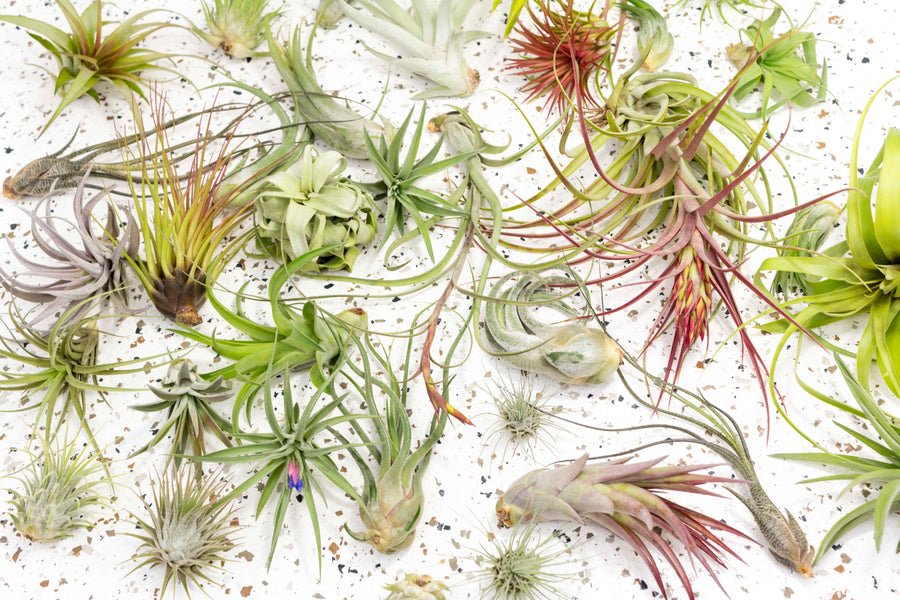
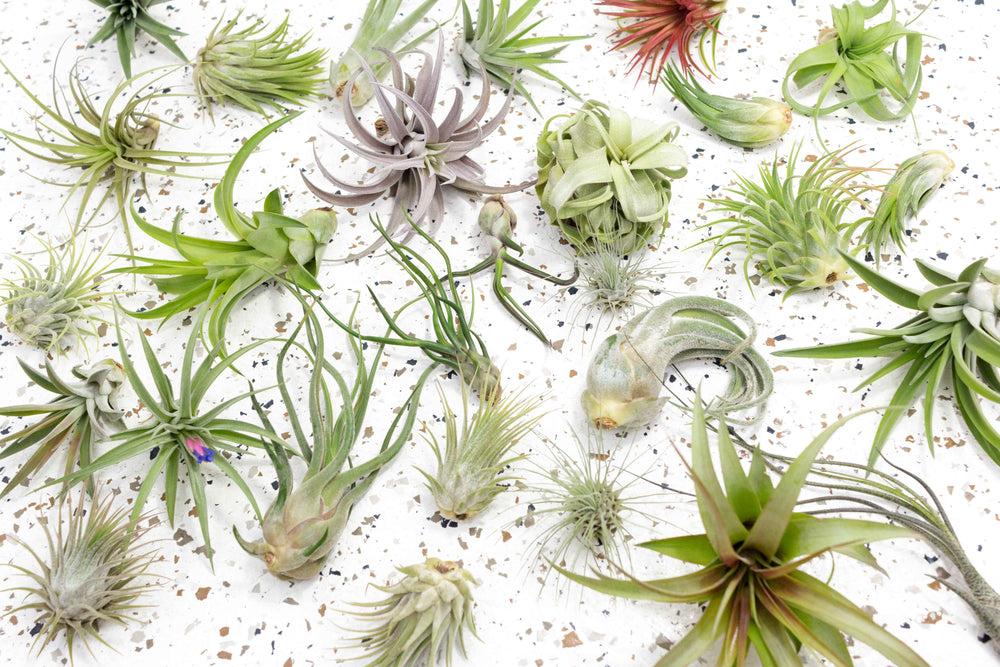
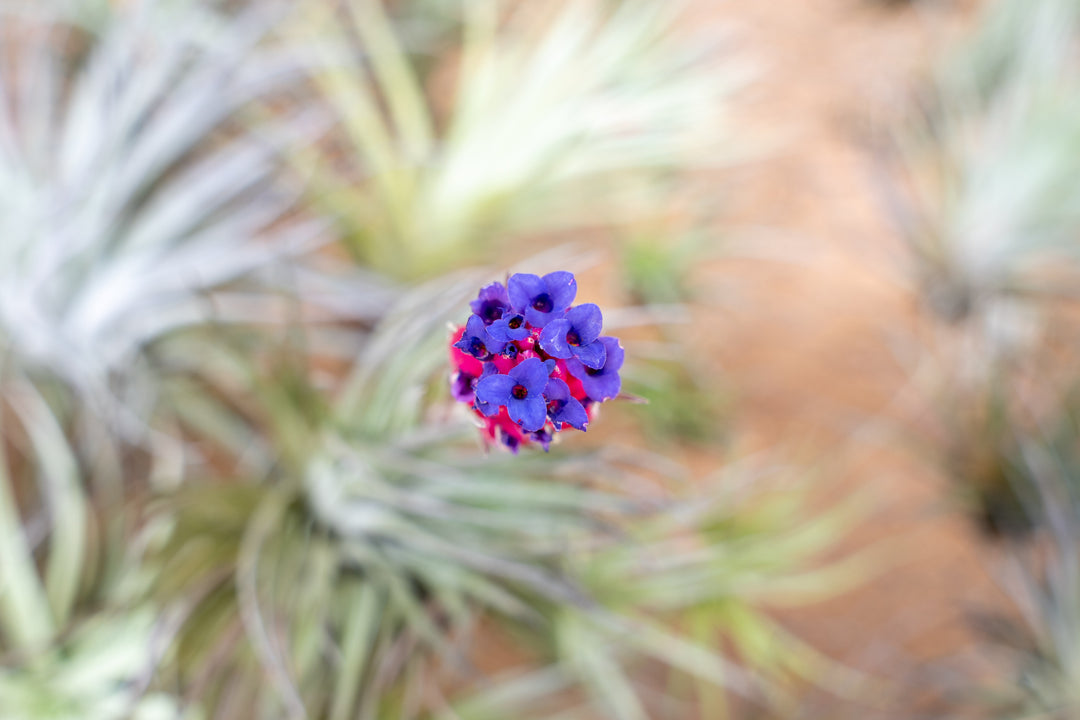
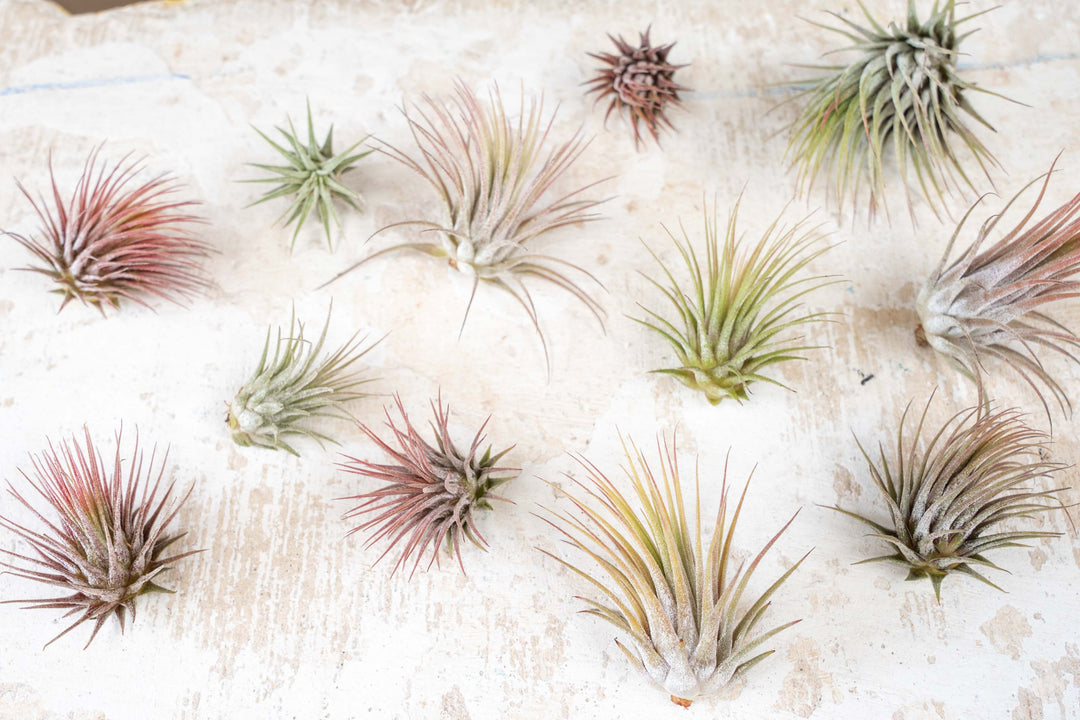
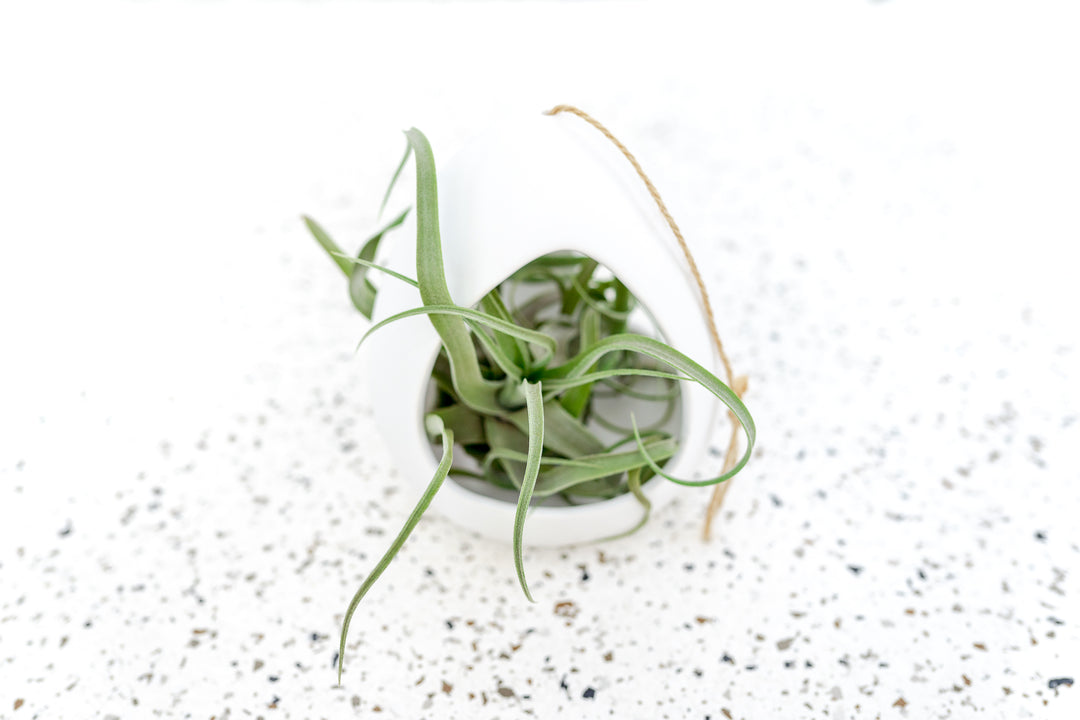
Leave a comment